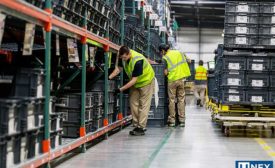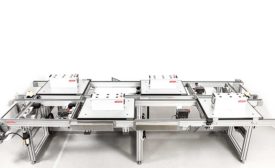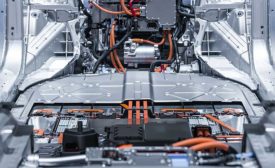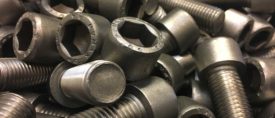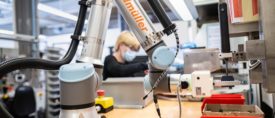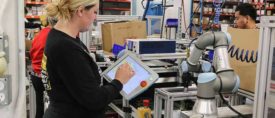John Sprovieri
John has been with ASSEMBLY magazine since February 1997. John was formerly with a national medical news magazine, and has written for Pathology Today and the Green Bay Press-Gazette. John holds a B.A. in journalism from Northwestern University, Medill School of Journalism.
ARTICLES
Heavy duty rollers accommodate large and small totes.
Read More
What’s New With Conveyors
Conveyors remain essential for getting parts to the right spot at the right time. Here’s a look at the state of the art.
May 5, 2023
Fastening Tools for EV Assembly
Special fastening tools are need to ensure safety and quality when assembling battery packs for EVs.
May 4, 2023
Assembly With Stainless Steel Screws
Stainless fasteners are ideal for applications that require strength, durability and corrosion resistance.
April 14, 2023
Device Removes Toxic Welding Fumes
A high-vacuum extraction unit integrates directly with the welding torch, instead of operating as a stand-alone device near the weld area.
April 13, 2023
Vision System Inspects Bearing Assemblies
High-speed cameras met cycle time requirement of less than one second.
April 12, 2023
Robots, People Collaborate on Product Assembly
A cobot with a special gripper from the Zimmer Group improves ergonomics and productivity on Weidmüller’s assembly line.
April 11, 2023
Cobots Perform Screwdriving and Packaging for Tool Manufacturing Company
Cobots optimize assembly and packaging by 30 percent.
April 7, 2023
Never miss the latest news and trends driving the manufacturing industry
Stay in the know on the latest assembly trends.
JOIN TODAY!Copyright ©2024. All Rights Reserved BNP Media.
Design, CMS, Hosting & Web Development :: ePublishing

